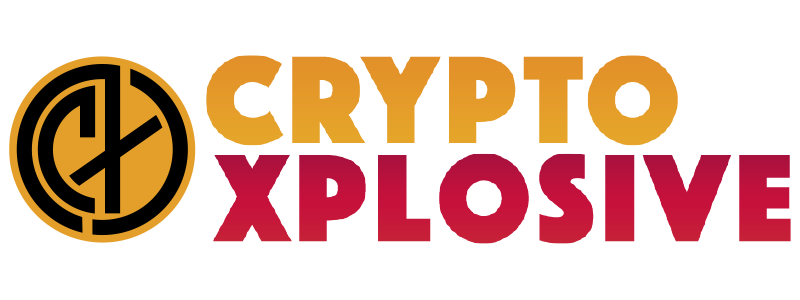Solana could 8.9x as it becomes the next crypto ETF — GSR

Photo by Shubham Dhage on Unsplash.
Key Takeaways
- Solana’s inclusion in a spot ETF could significantly impact its market value.
- Legislative changes in the US are creating a more favorable environment for crypto ETFs.
Share this article
A recently published report from GSR Markets, one of the biggest crypto market makers, analyzed how Solana could gain 8.9x as it progresses towards becoming the next crypto ETF after Bitcoin and Ethereum.
According to the report, Solana has solidified its position alongside Bitcoin and Ethereum as part of crypto’s “Big Three.” As such, speculation about its potential for a spot at ETF has been opened and is thriving. Current regulatory frameworks present certain obstacles to new crypto ETFs, and the development of political dynamics alongside these frameworks is likely to affect how such offerings could come to fruition.
Two key factors for the next crypto ETFs
The report from GSR highlights two key factors determining the next spot digital asset ETF: decentralization and potential demand. Solana performs well in both categories, scoring above average in decentralization metrics such as the Nakamoto Coefficient, staking requirements, and governance ratings.
Decentralization is becoming increasingly important in regulatory considerations, with the FIT21 bill and SEC guidance suggesting that “sufficiently decentralized” assets may be viewed more favorably. This focus on decentralization could significantly influence which projects become eligible for ETF approval.
Measuring decentralization, however, is complex and multifaceted. Key metrics include the Nakamoto Coefficient, which assesses network resilience against collusion, and staking requirements, which indicate how accessible network participation is. This formulation serves as a quantitative method for determining a network’s degree of decentralization.
Former Coinbase CTO and a16z GP Balaji Srinivasan defines the “minimum” Nakamoto Coefficient as a “simple, quantitative measure of a system’s decentralization, motivated by the well-known Gini coefficient and Lorenz curve.”
Governance ratings also play a role in evaluating the transparency and inclusivity of decision-making processes.
Market demand is equally crucial, as it directly impacts the profitability and viability of potential ETFs. Issuers must balance this demand against reputational risks and client interests. While crypto-native companies might pursue a wider range of ETF offerings, larger traditional financial institutions are likely to be more selective, focusing on assets with strong decentralization credentials and high market interest.
“Putting it all together, we can adjust our relative flow estimates under the various scenarios for Solana’s relative size to Bitcoin’s 2.3x increase due to the spot ETFs. Doing so suggests Solana may increase 1.4x under the bear flows scenario, 3.4x under the baseline scenario, and 8.9x under the blue sky scenario.” GSR stated in the report.
The analysis from GSR suggests that networks such as Solana’s, which score well in both decentralization and market demand, could be prime candidates for future ETFs.
Decentralization as key to achieving potential Solana ETFs
Decentralization is particularly crucial, as it may influence securities classification and ETF approval. The analysis suggests that Ethereum, Solana, Avalanche, and Aptos demonstrate above-average decentralization scores, positioning them as potential candidates for future ETFs.
VanEck recently filed for the first US Solana ETF, sending SOL surging by 10% in the first hour since it was announced, although it is now down 4.5% over the past 24 hours. 21shares has also reportedly filed for a Solana ETF, initially named as “21Shares Core Solana ETF.”
With these developments, the political climate is also shifting, with Donald Trump’s recent support for the crypto industry prompting Democrats to soften their stance. GSR sees the convicted former president’s support for crypto legislation and his advocacy for pushing the US to become a leader in the sector as a critical point for accepting more ETFs aside from Bitcoin and Ethereum.
This bipartisan movement has already resulted in the passage of measures like the overturning of SEC’s SAB 121 and the comprehensive digital asset regulatory framework (FIT21) in the House.
While the current regulatory environment may not immediately allow for new spot digital asset ETFs, a change in administration and SEC leadership could dramatically alter the landscape. The possibility of a securities and commodities-defining digital asset market structure bill further opens up opportunities for expansion in the ETF space.
Share this article





Comments are closed, but trackbacks and pingbacks are open.